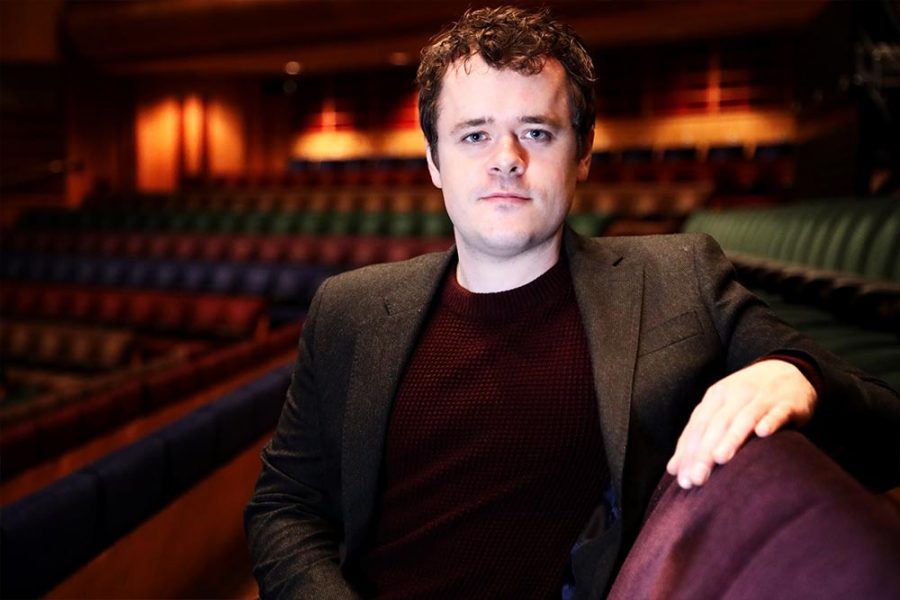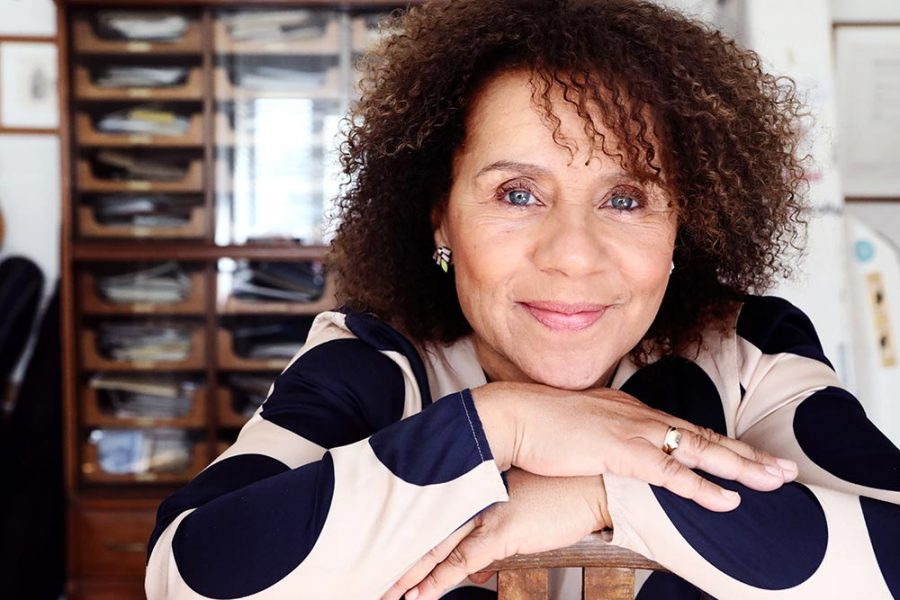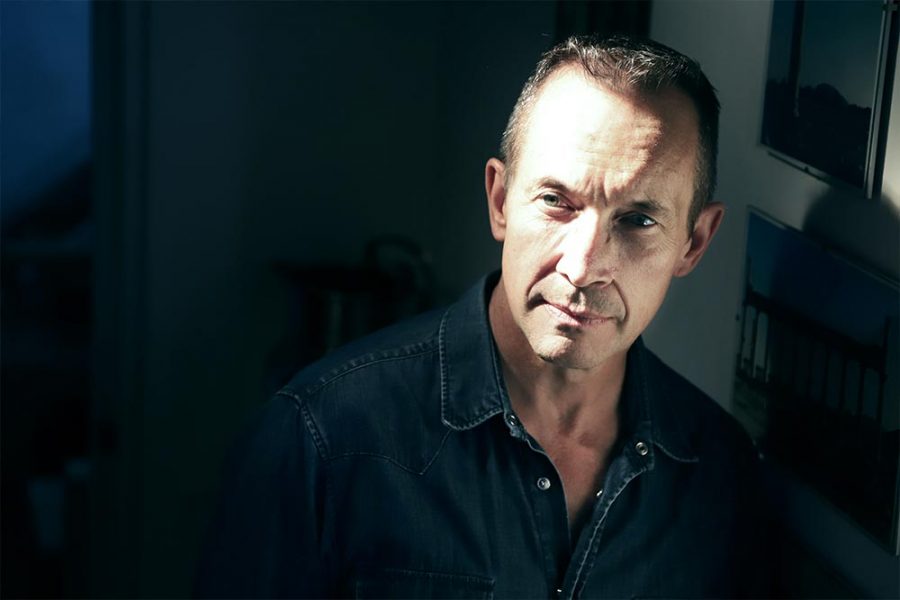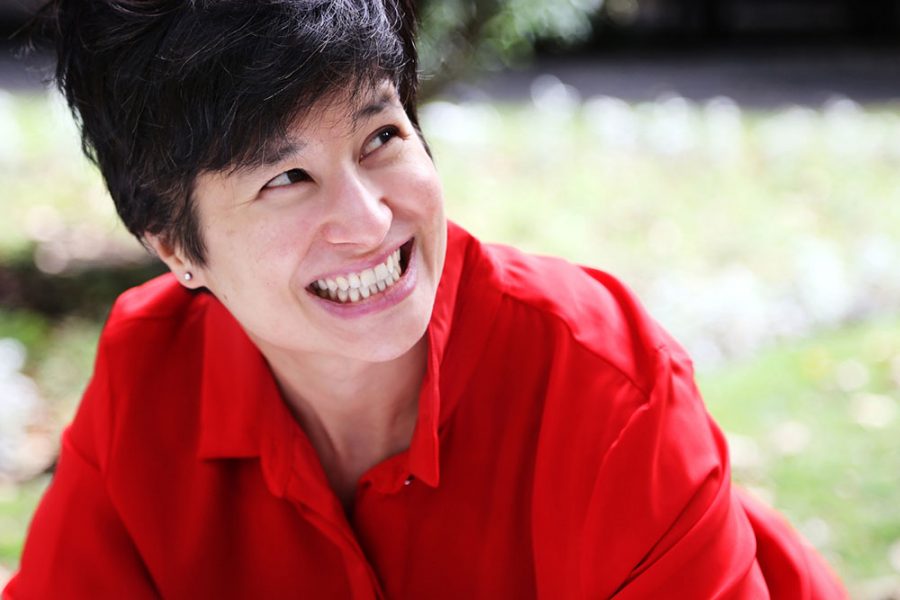Creative Hunger with Stewart Goodyear

August 2019
Interview and photos by
Frances Marshall
Share this article
Described as ‘one of the greatest pianists of his generation’, Stewart Goodyear met with Final Note Magazine to talk about his path into classical music and how to safeguard the future of the industry.
Being a painfully shy person as a little boy, it was through this music that first gave me the hunger to communicate and share my feelings..."

Tell us about your first experiences with music.
I felt like music was my life from the very beginning…It was what made my heart beat. My father died of cancer a month before I was born, and I knew him through his record collection that I was constantly going through. His collection consisted of records of The Beatles, the Rolling Stones, Pink Floyd…and two box sets of complete symphonies by Beethoven and Tchaikovsky.
What brought you into the world of classical music?
The first moment I heard those box sets, something electric sparked within me. To me, classical music was freedom of expression, and limitless creativity…a music that inspired so many different interpretations and responses. Being a painfully shy person as a little boy, it was through this music that first gave me the hunger to communicate and share my feelings with friends, relatives, and eventually with audiences and new listeners. I was 3 years old when I decided that I had to be a classical musician. There was no other choice for me.
You’ve performed with many of the world’s finest orchestras, what is the secret to achieving the optimum collaboration with an ensemble?
Keeping that hunger to communicate. I love collaborating with artists, and every ensemble that I have the honour of working with breathes new life within me. Every rehearsal, performance and recording is a learning and deeply inspiring experience, and makes every moment forever new and exciting. When I work with a conductor and all the members of an orchestra, I feel like we are collectively feeding off each other, and sharing our personal thoughts, philosophies and feelings through the power of musical interpretation.
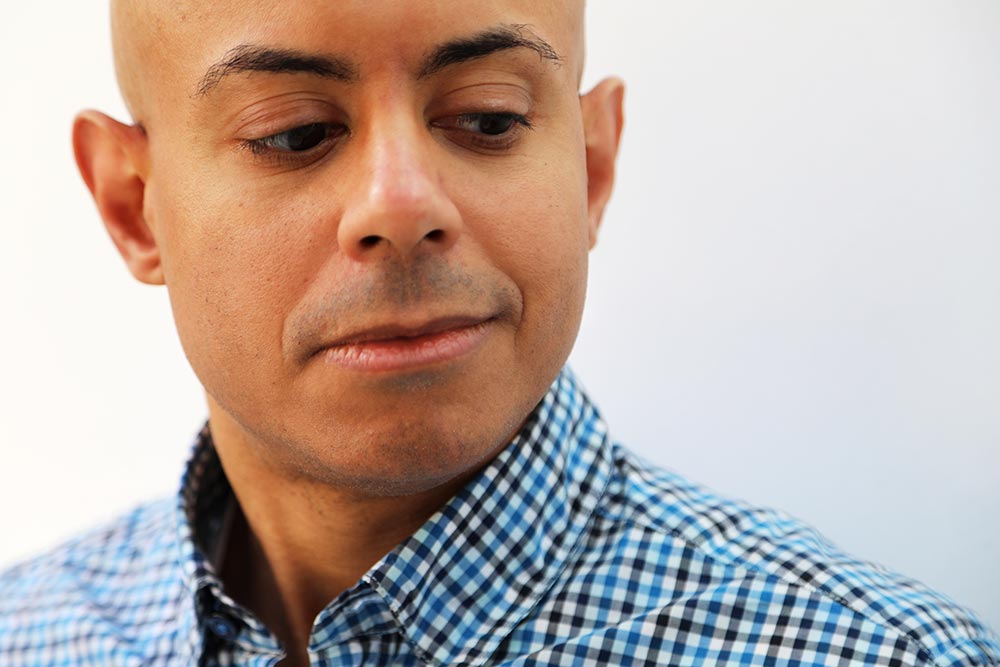


To me, composing music was inseparable to interpreting other composers' music. I have always been enthralled by how each composer shares their own personal voice with the listener..."

You frequently work with the renowned Chineke! Orchestra, tell us more about your work with this group.
We first worked together last summer, performing at Queen Elizabeth Hall, and then recording Gershwin’s Rhapsody in Blue, and my suite for piano and orchestra, “Callaloo”. A year later, we toured these two pieces in seven cities in the UK. Every moment working with these wonderful musicians was an immense joy, and getting to hang out with them was a blast! I have great memories of riding together to different cities on our tour, talking about our lives and our start as musicians, toasting life with a pint of beer, and revelling in the feeling of camaraderie and support.
When and why did you begin your work as a composer?
To me, composing music was inseparable to interpreting other composers’ music. I have always been enthralled by how each composer shares their own personal voice with the listener, and have wanted to do the same. I was 8 years old when I first started composing…I went to a choir school in Toronto, and my first compositions were motets for my choir to sing. I wanted to devour every orchestral score there was, learning about timbres and colours, and write for orchestra…..that was my dream!
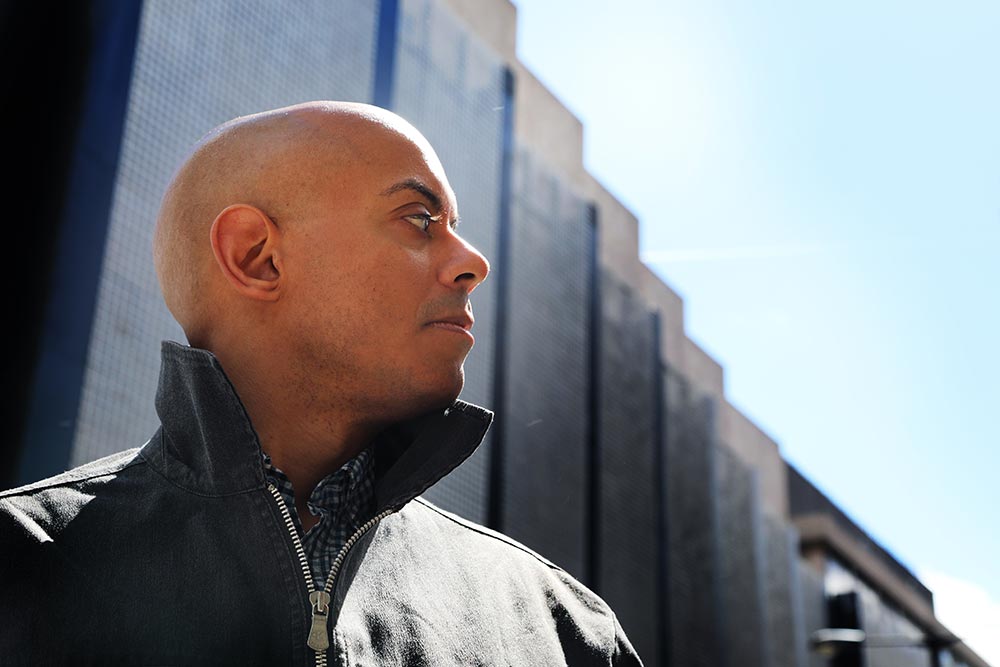

Tell us about the background to Callaloo, what was your inspiration for the composition?
I wanted to write a work for piano and orchestra that paid homage to my Trinidadian background, and was inspired to write this suite after my last visit to Trinidad when I experienced Carnival for the first time. After being surrounded by beautiful Calypso music and going to the different festivals in Carnival for two weeks, ideas just poured out of me! The suite has five movements, each one celebrating an aspect of the festival.
For you, what are the major differences in process between performances and creating a recording?
I find that the energy and atmosphere of recording is not dissimilar to performing or composing. Each of these disciplines, to me, requires striving to create the best document of a given time.
After being surrounded by beautiful Calypso music and going to the different festivals in Carnival for two weeks, ideas just poured out of me!"

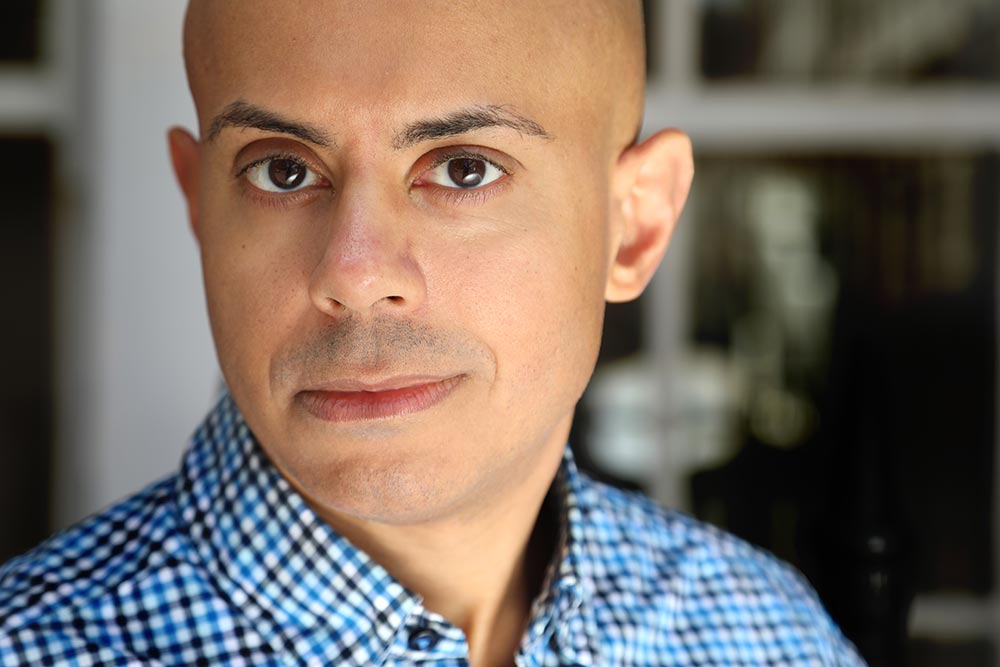

I truly believe that the only way for classical music to remain vibrant and relevant is for artists to continue creating, thinking outside the comfort zone, reaching out to all audiences and cultures..."

What do you think is the best way to safeguard the future of classical music?
I truly believe that the only way for classical music to remain vibrant and relevant is for artists to continue creating, thinking outside the comfort zone, reaching out to all audiences and cultures as well as reaching deep into themselves.
Who has been your greatest inspiration?
My supportive mother, my paternal grandparents, and the spirit and defiance of Ludwig van Beethoven.
What’s next for you?
I have performed the complete Beethoven sonatas in a one-day marathon concert, and will be performing the “Sonatathon” this September in Cincinnati. Other highlights of next season is the premiere of my own cello concerto by the National Arts Centre Orchestra in Ottawa, and the release of my recording of the complete Beethoven concerti early in 2020.
To find out more about Stewart Goodyear see: www.stewartgoodyearpiano.com
All images displayed in this article are subject to copyright.
Share this article


